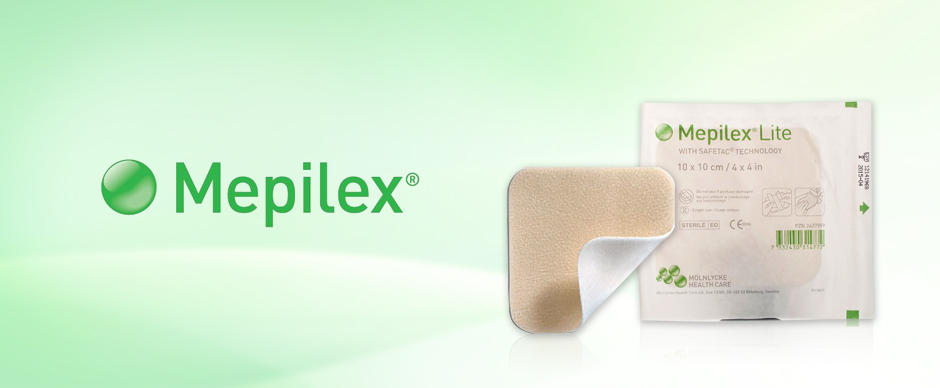
Burns: What Should You Do?
We at Chemist Direct care greatly about your safety. That is why we have provided the following information on steps that should be followed for the Treatment for burns. This information on Treatment For Burns will help you learn how to properly dress and care for a burn, thus greatly reducing any potential infection or further complications.
A burn can be caused by:
- Dry heat: for example, fire
- Hot fluids (scalds): for example, hot shower, steam, hot oil
- Chemical (acid, alkaline): for example, hydrochloric acid, sulphuric acid, caustic soda, cement
- Electrical: low voltage for example, flash or high voltage for example, power lines
- Radiation: for example, sunburn, sun lamps
- People with diabetes have reduced sensation in their feet and so are susceptible to scalds and thermal injuries there.
- If the partial-thickness burn is bigger than your hand (palm and fingers) or located on hand, armpit, genital, face, neck, hollow of the knee or feet you should always seek professional help. All full-thickness (deep) burn should always be taken care of by a doctor.
- If you are uncertain, always contact your doctor or nurse.
What can you do?
Where possible, immediately cool the burn by placing under lukewarm running water for at least 20 minutes. This may limit the damage to the tissue and relieve pain.
After cooling the burn, use a clean towel, sheet or cloth to gently pat dry. Do not burst any blisters as this exposes the fragile skin underneath to infection. Small partial-thickness burns should be covered with a dressing that does not stick to the wound. Larger partial-thickness and all full-thickness burns should be covered loosely with a clean towel, sheet or cloth and immediate medical advice sought.
- Do not apply any creams, oils, emollients to the wound.
- The dressing you use will depend on the depth and extent of the burn.
- A superficial burn causes red and swollen skin, and will generally heal within a week
- A partial-thickness burn causes red, swollen skin with blisters and they usually heel within 2 weeks
- A full-thickness burn is very deep and contains dead skin and tissue and should always be treated a doctor.
Some dressings can take off the top of the wound (also called the ‘wound bed’) and also the skin around the wound, which again can be painful.
You will need to use a dressing that protects the wound and the surrounding skin. Your doctor or nurse will know which of the dressings are best to use for your wound.
It is important to keep the wound clean to avoid infection and minimise pain.
Watch the wound for signs of infection which include:
- An increase or a change in pain
- Odour from the wound
- Increased redness
- Swelling
- An increase in the amount and colour of exudate (fluid) from the wound
- A high temperature
Generally, all burns are painful. It is important to try and reduce this pain as much as possible using a dressing that protects the wound.
Some dressings can take off the ‘top’ of the wound (the ‘wound bed’) and the skin around the wound, which again can be painful. You will need to use a dressing that protects the wound and the surrounding skin.
Molnylcke Health Care dressings have a special, gentle adhesive which means that they cause little or no pain when they are taken off. This is called Safetac technology.
Safetac technology makes dressing changes less painful because:
- It adheres gently to dry skin but never to a moist wound
- It moulds to the wound and surrounding skin. This means that the dressing is easier to remove and does not pull away new tissue in the wound or the skin around the wound
- It seals the edges of the wound and protects the skin around the wound from becoming waterlogged

